|
4/14/2019 1 Comment b/d Reversal Solutions!
There’s at least one student each year who reverses his/her b’s and d’s or just writes uppercase B’s and D’s (well, because that was an easier strategy to learn).
Should teachers be concerned? Are reversals a sign of dyslexia? Reversing letters is common until around age 7. Here are some tricks to reverse reversals… 1. Have students fist pump themselves with their palms facing towards them. Stick their thumbs up and you have a b/d (this is a great indiscreet trick for older students too) 2. Draw a bed with the letters b and d - bd - draw a stick finger person laying down whose head lays down on the b 3. Draw a bat and ball to create a b and a drum with a drum stick for a d 4. Make an uppercase B and then, erase it's top b 5. Practice visual tracking with activities like the one in the image
Practice, practice, practice! But if there is no progress after all of that practice, then, a teacher should be concerned.
If dyslexia is the reason for the letter reversals, teachers may also note that students struggle with letter and number sequencing. And a word of caution... there is no evidence to suggest letter reversals are more common among dyslexic children, compared to same-aged peers learning how to read and write; however, it is more so that most children grow out of letter reversals, whereas students with dyslexia may be slower to. AND don't forget to rule out a visual processing disorder. By Miss Rae
1 Comment
|
CategoriesAll 504 Academic Testing Academic Testing Reports Achievement Testing Reports Back To School B/d Reversals Coronavirus COVID-19 Discrepancy Model Distance Learning Distance Learning With LD ELL Emotional Disability Executive Functioning Extended School Year First Year Special Education Teacher Advice Fluid Reasoning FREEBIES Goal Tracking IEP IEP At A Glance IEP Goals IEP Meetings Learning Disability Oral Reading Fluency Positive Affirmations For Special Education Students Progress Monitoring Reading Remote Learning RTI Rubrics Running Records SEL For Learning Disabilities Social Emotional Learning Special Ed Teacher Interview Questions Special Ed Teacher Job Description Special Education Special Education Progress Reports Special Education Reading Special Education Reading Programs Special Education Students Special Education Teachers Special Education Teachers Positive Affirmations Special Education Teacher Tips Special Education Websites Specially Designed Reading Instruction Teaching Strategy Trauma Wilson Reading Wilson Reading IEP Goals Writer's Workshop |
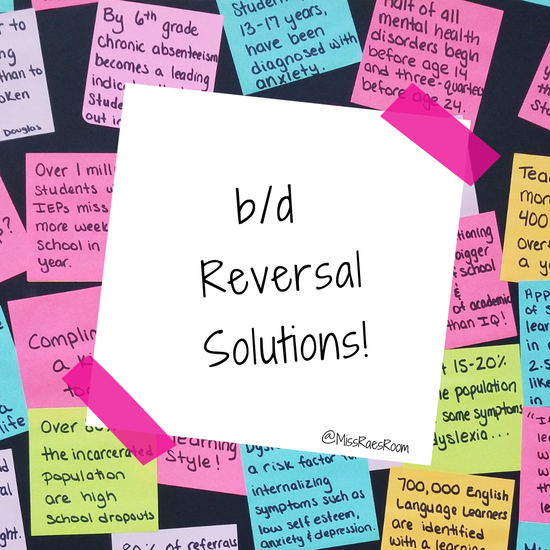
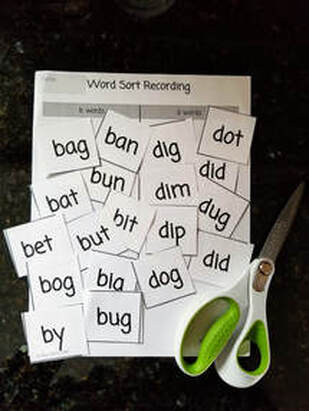
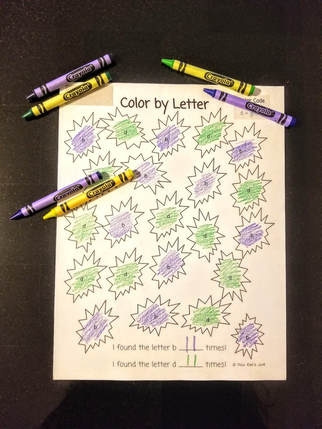
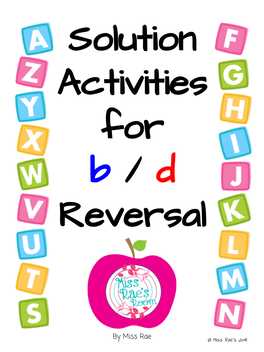
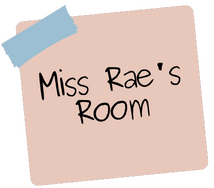
 RSS Feed
RSS Feed